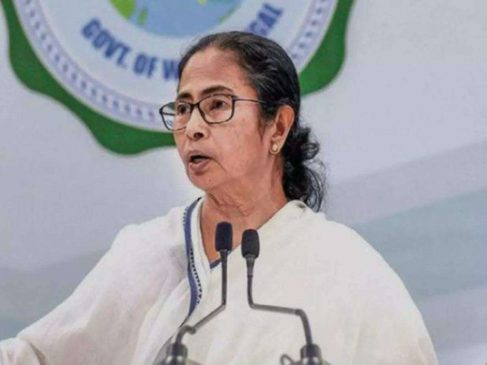The Mamata Banerjee government in West Bengal has decided to add a three-step verification process for beneficiaries who apply for the benefits of the Pradhan Mantri Awas Yojana after reports of irregularities and discrepancies surfaced.
A 15-point checklist has been sent to all districts and the Chief Secretary has briefed commissioners and bureaucrats on the verification process. “The moto of this is to make the system transparent. The details will be sent to the central government so it releases the money in time and we can also use this during panchayat elections,” said an official.
According to sources in the state government, the Centre is yet to send Rs 8,200 crore for the scheme to West Bengal which has been due for long.
As per the new process, houses will be sanctioned in accordance with a priority list after completion of job card mapping and thorough house-to-house verification. The Chief Secretary held a meeting with district magistrates, superintendents of police and local officials on December 2 to stress on the importance of identification and weeding out ineligible beneficiaries at this stage.
For the house-to-house verification of listed households, teams of two-three members will be formed comprising ASHA and anganwadi workers, prani bandhu, village police, gram panchayat officials and others. Depending on the number of households to be inspected, five to 10 such teams would be formed in each gram panchayat.
This stage of verification will be conducted as per the checklist and the process must be completed within seven days. After the verification is completed, applicants with duplicate or fraudulent job cards must be deleted from the list.
A control room with 15-20 members will also be set up in offices of sub-divisional officers to contact listed households to assess their eligibility and address complaints, if any. The services of civil defence volunteers can be availed of for the purpose. The control room shall maintain a logbook or complaints register.
Around 2% of the total listed households should be checked by the office of the District Magistrate. Additional District Magistrates should be tagged with sub-divisions and deputy magistrates should be attached to each block for supervising the verification process. Around 3% of the total listed households will be checked by the office of the sub-divisional officer and 10% of the total listed households are to be checked by the office of the Block Development Officer.
Next, the officer or inspector in-charge of the concerned police station will conduct random sample checking of the households in consultation with block officials. Senior officers from the Panchayat & Rural Development Department will also be part of the verification process.
A complaint box will be kept at the Block Development Office, the Sub-Divisional Office and the District Magistrate’s Office. All complaints will be disposed of after physical verification of the list of eligible beneficiaries.
A committee will be formed at the block level to scrutinise and submit to the District Magistrate the genuineness of the beneficiary list. Gram Sabha meetings will also be held to identify ineligible households. Suitable awareness campaigns shall also be carried out to protect beneficiaries from false advertising.





































